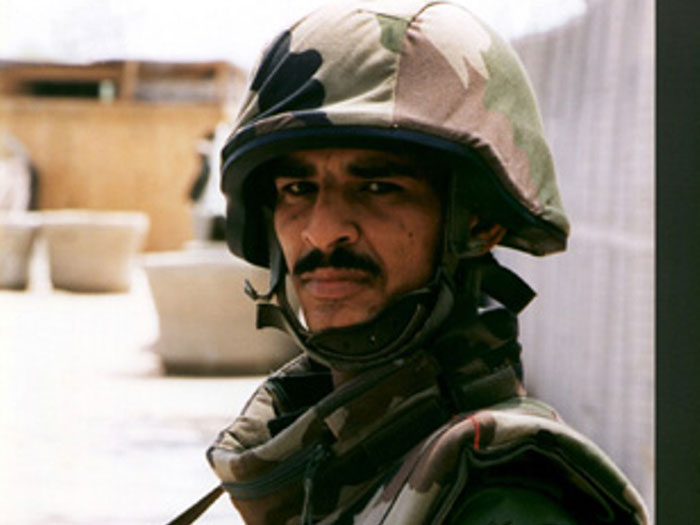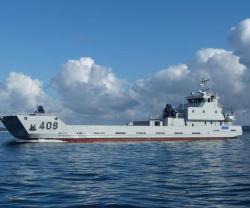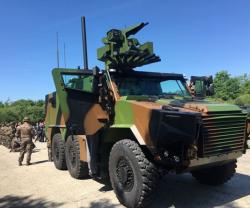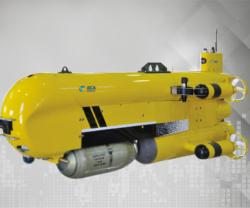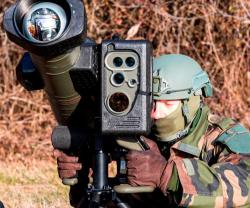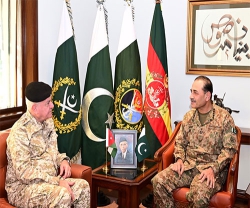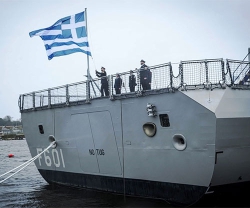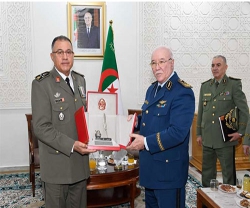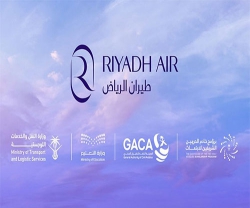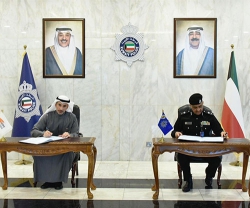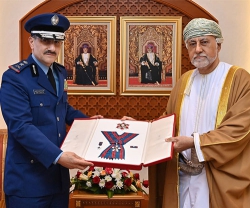SDI: “Morocco to Focus on Homeland Security”
13.12.2013 Morocco
Risks of attacks from native terrorist gangs and the arms race with neighbouring Algeria have motivated the Moroccan government to increase its defence budget.
According to a new report from Strategic Defence Intelligence (SDI), the country spent US$16.8 billion on defence purposes between 2009-2013.
Between 2014-2018 this number is expected to grow to reach US$20.5 billion. The overall defence budget is expected to gradually increase from US$3.8 billion in 2014 to US$4.5 billion in 2018, growing at a CAGR of 4.42%.
The Moroccan government has increased its budget for homeland security (HLS). The budget, which stood at US$268.9 million in 2009, is worth US$348.2 million today. This number is expected to grow even further to reach US$453.5 million by 2018. According to SDI, the growth is triggered by the government’s efforts to curb cybercrime, human trafficking, and drug smuggling through investments in surveillance and intelligence technologies, such as metal detectors, intrusion detection systems, motion sensors, and CCTV (closed circuit television) systems.
Morocco imports a large part of its defence equipment due to an underdeveloped domestic defence industry. The country primarily imports arms and weapons and related support systems from US due to the Free Trade Agreement (FTA).The Association Agreement with the European Union allows European countries such as France and the Netherlands to export their military goods to Morocco. Imported equipment include aircrafts, ships, missiles, sensors and artillery.
Corruption and malpractices within Morocco’s defence industry have led to unfair dealings in contract awards before. This can have a damaging effect on the industry as foreign companies remain concerned on collaborating with the Moroccan defence unit. Although the government has launched a number of reforms in an attempt to control corruption, there is still a lack of visible positive results. Another factor that stands as a roadblock is the preferences given to the US and European manufacturing companies, forming an obstacle for the Chinese and Russian suppliers.
This information is based on the SDI forecast report: “The Future of the Moroccan Defence Industry - Market Attractiveness, Competitive Landscape and Forecasts to 2018”, published in November 2013.
According to a new report from Strategic Defence Intelligence (SDI), the country spent US$16.8 billion on defence purposes between 2009-2013.
Between 2014-2018 this number is expected to grow to reach US$20.5 billion. The overall defence budget is expected to gradually increase from US$3.8 billion in 2014 to US$4.5 billion in 2018, growing at a CAGR of 4.42%.
The Moroccan government has increased its budget for homeland security (HLS). The budget, which stood at US$268.9 million in 2009, is worth US$348.2 million today. This number is expected to grow even further to reach US$453.5 million by 2018. According to SDI, the growth is triggered by the government’s efforts to curb cybercrime, human trafficking, and drug smuggling through investments in surveillance and intelligence technologies, such as metal detectors, intrusion detection systems, motion sensors, and CCTV (closed circuit television) systems.
Morocco imports a large part of its defence equipment due to an underdeveloped domestic defence industry. The country primarily imports arms and weapons and related support systems from US due to the Free Trade Agreement (FTA).The Association Agreement with the European Union allows European countries such as France and the Netherlands to export their military goods to Morocco. Imported equipment include aircrafts, ships, missiles, sensors and artillery.
Corruption and malpractices within Morocco’s defence industry have led to unfair dealings in contract awards before. This can have a damaging effect on the industry as foreign companies remain concerned on collaborating with the Moroccan defence unit. Although the government has launched a number of reforms in an attempt to control corruption, there is still a lack of visible positive results. Another factor that stands as a roadblock is the preferences given to the US and European manufacturing companies, forming an obstacle for the Chinese and Russian suppliers.
This information is based on the SDI forecast report: “The Future of the Moroccan Defence Industry - Market Attractiveness, Competitive Landscape and Forecasts to 2018”, published in November 2013.
Latest news
Latest events
Doha International Maritime Defence Exhibition & Conference (DIMDEX 2026)
19 - 22 Jan 2026Doha - QatarUMEX – SimTEX
20 - 22 Jan 2026ADNEC Centre Abu Dhabi, - United Arab EmiratesWorld Defense Show (WDS) 2026
08 - 12 Feb 2026Riyadh - Saudi ArabiaSAHA EXPO International Defence & Aerospace Exhibition
05 - 09 May 2026İstanbul Expo Center - Turkey

